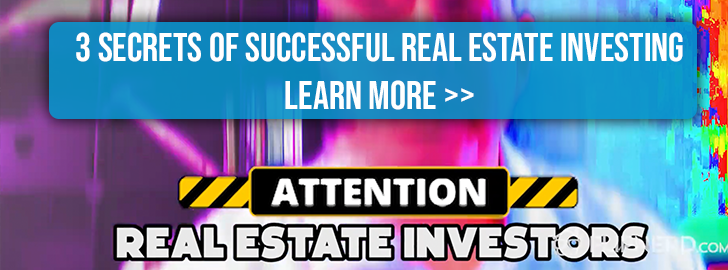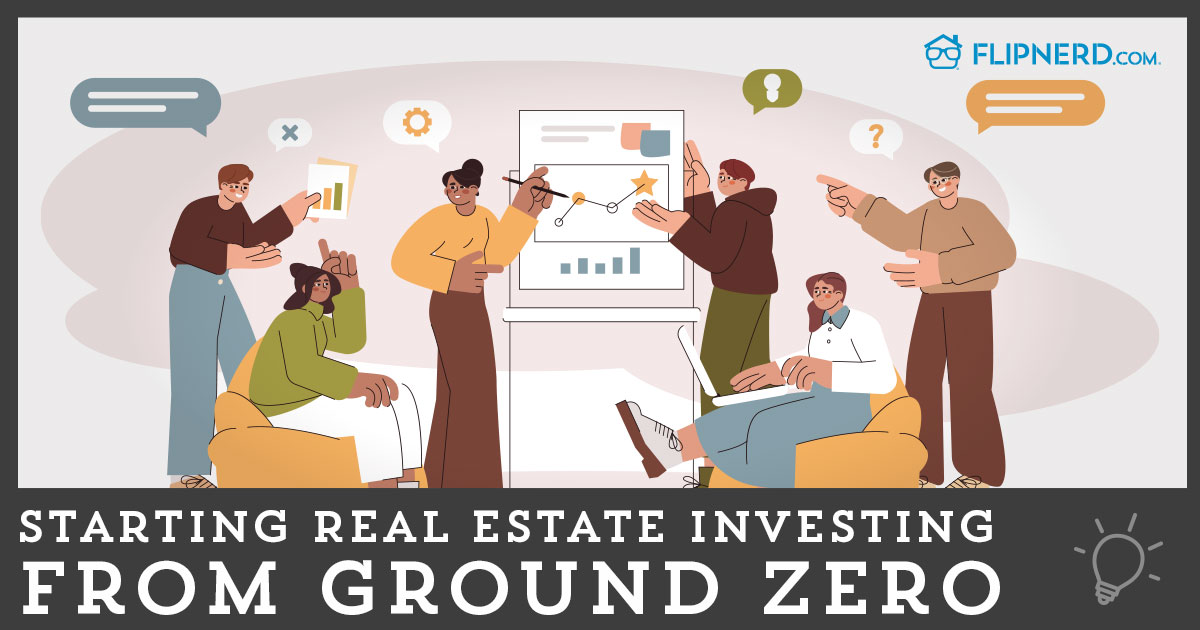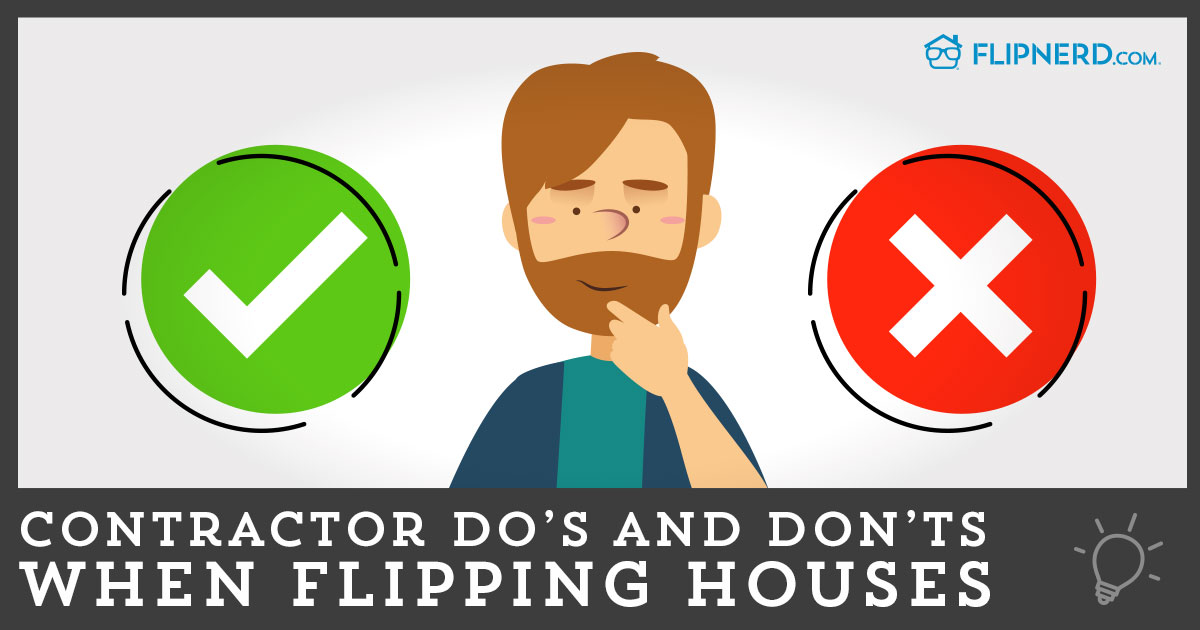Many people hear about how real estate investors have a good chunk of passive income coming in from their rental portfolio each month and think that’s the way to be successful. But it’s not quite as simple as it sounds.
Rental properties provide a long-term approach to wealth. You don’t get a lump check like you would when you close on a wholesale or fix-and-flip deal; instead, you’re earning small amounts of money each month.
 If you have a mortgage on the property, you’re likely only receiving a couple hundred bucks each month from a rental property, while the rest of the rent you receive is paying down the mortgage and paying for insurance, property taxes and property management fees, if applicable. Once they’re paid off, your passive income per rental will jump drastically, but this is years down the road for most of us. That makes it difficult for most people to become successful real estate investors by only holding rental properties or when starting out, hoping to build a robust rental portfolio.
If you have a mortgage on the property, you’re likely only receiving a couple hundred bucks each month from a rental property, while the rest of the rent you receive is paying down the mortgage and paying for insurance, property taxes and property management fees, if applicable. Once they’re paid off, your passive income per rental will jump drastically, but this is years down the road for most of us. That makes it difficult for most people to become successful real estate investors by only holding rental properties or when starting out, hoping to build a robust rental portfolio.
Financing for a rental property will require 20% down, which is a roadblock for many real estate investors who have plans to acquire multiple rental properties as their business strategy. It’s a cash-heavy investment and unless you buy the property extremely discounted, your monthly profit on a home isn’t going to be much. Not to mention, having just one or two rental properties can be a pain — it’s a small enough portfolio that investors usually try to manage it on their own, which means being on call 24/7 as a landlord. Raise your hand if you want to deal with toilets, termites and tenants.
It’s also risky because of vacancies. Consider a scenario where you had 50 rental properties and one of them was vacant for four months. The income being generated from the other 49 properties would provide a cushion so you don’t feel the impact of not receiving that rent payment.
Now consider a scenario where you had three rental properties. Having a single property vacant (and likely needing repairs) for four months could mean a big impact on your profits, and you might even be negative for a few months.
This is why smart real estate investors are selective about when to add a rental to their portfolio.
When you’re just starting out, wholesaling is an easy way to quickly turn leads into deals so you have cash in hand. With wholesaling, you negotiate with motivated sellers to get a house under contract at a discounted price and then resell your rights to the contract for a higher price. Your profit is the difference between your contracted price and the end buyer’s purchase price. The beauty of wholesaling is that it doesn’t require any money for closing on the contracted properties because your end buyer covers the purchase price and your assignment fee. The key to making a wholesale transaction work is to offer enough money to the seller that they’re comfortable with the contract price, while allowing enough room to add your fee while still providing profit margin for the end buyer. A typical buyer of wholesale deals is looking to rehab for profit or buy for a long-term rental. Through wholesaling, you’ll be able to increase your marketing budget with each deal and your business will start growing, which in turn allows for more opportunities.
I recommend not starting with a major fix-and-flip deal, because those tend to be riskier and involve more holding costs when compared to a wholesale deal. If you accidentally miss a foundation or roofing issue, it could cost you thousands of dollars out of your potential profit.
Once you get comfortable with wholesaling, you can start analyzing the deal itself and decide what type of flip project makes sense for the individual scenario. When analyzing a potential investment, you’ll want to consider various factors and ask questions like:
• How much of a discount is available? Is the seller extremely motivated to sell?
• What’s the condition of the property? Does it need a lot of work done or just cosmetic work?
• Is it in a desirable area? Think about being near good schools if it is big enough for a family.
• How much are rents going for in the neighborhood for a similar property?
• Are most homes in the area on the MLS remodeled?
• How long are homes in the area staying on the market?
Asking yourself these questions can help you evaluate your options. If most properties being sold on the MLS are fully rehabbed and you could make a good chunk of change, it might be the right property to fix and flip. If it doesn’t need much work, is in a desirable area, has a desirable square footage for that area and you can get it discounted enough, it might make for a good rental property.
Keep in mind that most rental properties don’t need to be fixed up with a total remodel. Tenants don’t care as much what type of countertops are in the house because they don’t typically plan to stay there long-term. They need the property to be functional, clean and safe.
 Once you get into purchasing rental properties, set for yourself a goal of how many you want to own and decide who you want managing them. Most investors don’t have the desire to be a property manager, but in the beginning, it might make sense for you to handle those tasks yourself.
Once you get into purchasing rental properties, set for yourself a goal of how many you want to own and decide who you want managing them. Most investors don’t have the desire to be a property manager, but in the beginning, it might make sense for you to handle those tasks yourself.
When the market takes a downturn is when some of the most successful real estate investors have piled up their rental portfolio. They were able to buy houses for pennies on the dollar and quickly pay them off (if they didn’t pay cash upfront for them) and the majority of their rent collected each month is pure profit. Think about buying a home worth $200,000 in today’s market for $30,000 back in 2008. We can estimate the 2008 rent at about $800 per month and nowadays, it could rent for $2,200 per month. It might have taken a few years to pay off the mortgage, but for some time now, that property has been a cash cow, because a good chunk of that $2,200 per month (once you take out maintenance, insurance, property management fees, property taxes, etc.) is profit.
While investing in real estate can be an extremely lucrative path, don’t rush into buying rental properties. Build up your confidence and experience in real estate investing by starting out in wholesaling, and when the time comes, you’ll be ready for your first rental property.
—
This blog was previously published on Forbes.










